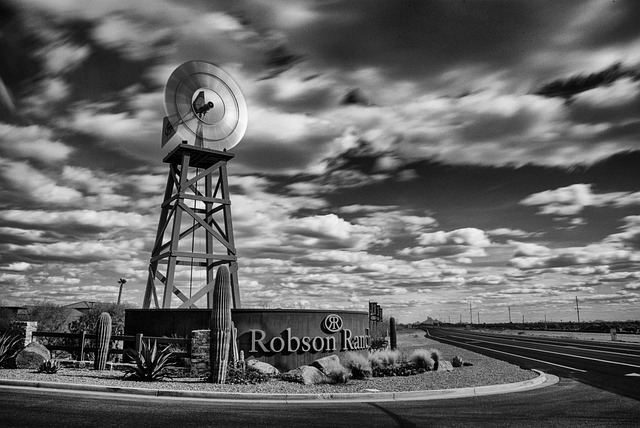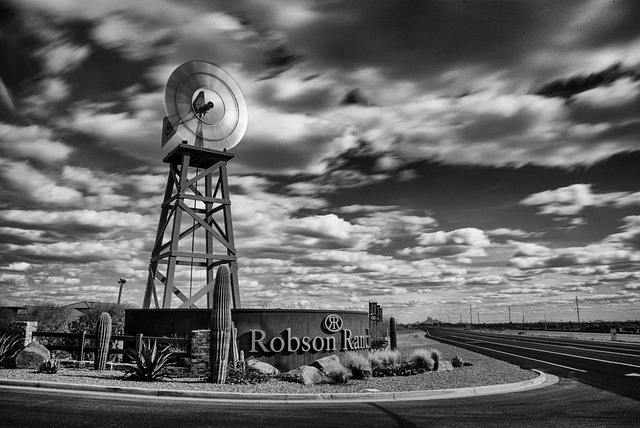Agricultural land is a key driver of rural economies, offering diverse benefits including food production, employment, and real estate value. Smart growth initiatives that balance development with farmland preservation, like sustainable housing or agritourism, stimulate local prosperity while safeguarding ecological integrity for future generations. Real estate projects in these areas can boost community revenues, attract new businesses and residents, fostering a vibrant rural landscape.
In many regions, agriculture serves as the bedrock of local economies, providing employment, food security, and cultural identity. This article delves into the intricate relationship between agricultural land and community well-being. We explore how farming sustains communities, contributes to rural prosperity, and influences nearby real estate markets. By understanding these connections, we can appreciate the vital role agriculture plays in shaping regional landscapes and economies, highlighting the symbiotic link between farming and local economic vitality.
Agricultural Land: A Local Economy's Backbone

Agricultural land, often referred to as the backbone of local economies, plays a pivotal role in sustaining and nurturing communities. In many regions, vast stretches of farmland are integral to the region’s identity and economic health. These areas not only produce essential food items but also contribute significantly to real estate values and employment opportunities.
The presence of fertile agricultural land attracts businesses related to farming, processing, and distribution, fostering a robust local economy. It creates a cycle where thriving farms lead to increased property demand and higher real estate prices, benefiting both landowners and the overall community. This dynamic relationship ensures that local economies remain resilient and vibrant, especially in rural areas known for their lush landscapes and abundant natural resources.
Sustaining Communities: The Role of Farming

Farming plays a pivotal role in sustaining local economies and communities, especially in rural areas where real estate values are closely tied to agricultural productivity. Beyond providing food security, farming offers employment opportunities, contributing significantly to the region’s gross domestic product (GDP). The presence of robust farms not only maintains the ecological balance but also attracts tourists interested in agritourism, diversifying the local economy.
Moreover, agriculture serves as a lifeline for real estate development in these regions. Successful farming practices can lead to increased property values and attract new businesses, fostering a positive cycle that benefits everyone. By preserving agricultural land, communities safeguard their economic future and ensure a sustainable source of livelihood for generations to come.
Real Estate's Impact on Rural Prosperity

In rural areas, real estate plays a pivotal role in fostering economic growth and enhancing local prosperity. The agricultural sector’s success often directly correlates with the surrounding land’s value, which is significantly influenced by real estate development. As farmers embrace innovative practices and technologies to maximize yields, the demand for prime agricultural land increases, driving up its market price. This surge in value can trickle down to benefit the entire community through higher tax revenues, which can be reinvested in local infrastructure and services.
Moreover, real estate projects in rural settings, such as sustainable housing developments or agritourism ventures, attract new residents and businesses, creating diverse employment opportunities. These initiatives not only preserve agricultural lands but also encourage smart growth, ensuring a harmonious balance between urban development and the preservation of rural heritage. As a result, local economies thrive, and communities become more resilient and vibrant.






